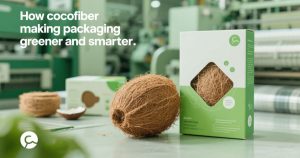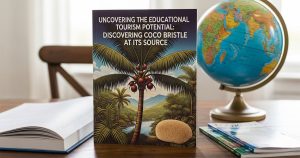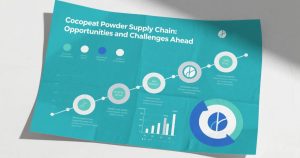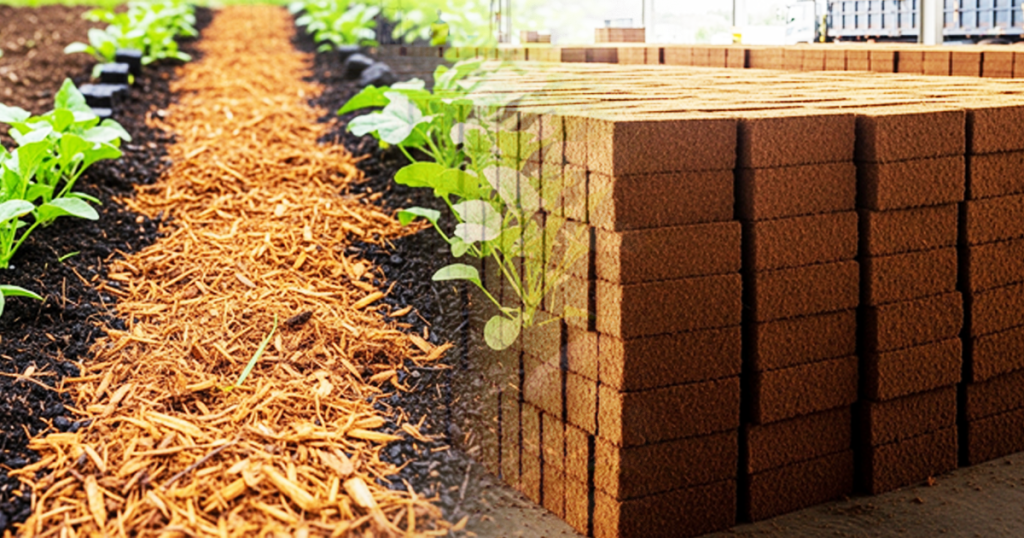How Innovation is Reshaping Coco Bristle Quality and Production Efficiency
As a researcher immersed in the study of coconut-derived products particularly cocopeat and its by-products I’ve witnessed firsthand how technology is reshaping the industry. Among the lesser-highlighted but equally vital materials extracted from coconut husk is coco bristle, a strong, fibrous material increasingly used in sustainable products.
The application of modern technology in coco bristle production has elevated not only its quality but also the efficiency of its extraction and processing.
Understanding Coco Bristle and Its Industrial Relevance
Coco bristle refers to the stiff, coarse fiber extracted from the outer husk of coconuts, specifically the longest and most resilient part of the coir. These bristles are primarily used in the production of brushes, brooms, mats, and even as components in composite materials.
With the global shift toward sustainable and biodegradable alternatives, demand for high-quality coco bristle has increased significantly.
Traditionally, the production process has been labor-intensive, heavily reliant on manual labor, and often inconsistent in fiber quality. This inconsistency has posed a major bottleneck, especially for manufacturers targeting export markets with strict quality requirements.
Technological Interventions in Coco Bristle Processing
Mechanical Fiber Extraction Systems
One of the most transformative innovations in this sector has been the introduction of automated fiber extraction machines. These machines use a rotating drum system to beat and comb the husk, separating long bristle fibers from the shorter coir pith and coir fiber.
Unlike manual retting and combing, which can take several days and often leads to fiber breakage, automated systems reduce extraction time significantly and preserve the integrity of the bristle.
Moreover, programmable extraction settings allow for customization based on the desired fiber length and tensile strength, which is critical for industries with high precision requirements.
Drying and Sterilization Technologies
Moisture content in coco bristle is a key determinant of its durability and resistance to microbial growth. Traditional sun-drying methods are weather-dependent and may result in uneven drying. Technological upgrades in the form of solar-powered drying tunnels and automated hot-air dryers have improved consistency and hygiene.
Some facilities have also integrated UV sterilization chambers post-drying, ensuring the fibers meet international sanitary standards, especially for products used in household or cosmetic applications.
Fiber Grading and Quality Control Systems
Consistency in fiber diameter, strength, and color is essential for industrial-scale buyers. Advanced optical grading systems now use computer vision and machine learning algorithms to sort fibers by quality categories.
This not only reduces human error but also allows for real-time quality assurance, a feature that significantly benefits exporters working under tight compliance guidelines.
Digital Supply Chain Integration
Technological innovation extends beyond physical processing. Digital tools are playing a key role in supply chain transparency and traceability. Many manufacturers are adopting blockchain-backed tracking systems that allow buyers to trace coco bristle batches back to the specific farms and processing units.
This level of traceability is especially important in markets like the EU and North America, where environmental and labor standards are closely monitored. Digitization also enables better coordination between coconut farmers, processing facilities, and exporters, resulting in minimized waste and maximized profitability.
The Road Ahead
While current technologies have drastically improved the quality of coco bristle production, there remains room for innovation. Future developments could include AI-driven predictive maintenance for machinery, wastewater recycling systems for eco-friendly processing, and robotic handling units to further reduce labor fatigue.
As a researcher, I see an urgent need for collaborative efforts between research institutions, coconut cooperatives, and tech startups. With sustained investment and innovation, coco bristle production can evolve into a high-tech, sustainable industry that benefits both the planet and the communities who depend on coconut farming.
What This Means for the Industry
Technology is no longer a luxury it is a necessity in the evolution of the coco bristle industry. From extraction to export, each stage is being refined by innovations that ensure better quality, sustainability, and profitability.
For nations like Indonesia, India, and the Philippines, where coconut agriculture is a backbone of rural economies, the tech-powered transformation of coco bristle production offers a promising path toward global competitiveness and environmental stewardship.







